tl;dr
Always define your spans of time by the Half-Open approach where:
- Beginning is inclusive.
- Ending is exclusive.
When you want the four days of March 28, March 29, March 30, March 31, make the beginning March 28 and the ending April 1. Run through those dates starting at the first (March 28th) while going up to, but not including, the last (April 1st).
2016-03-28/2016-04-01
Half-Open
Am I missing something
You may be missing an appreciation for the usefulness of the Half-Open approach in defining spans of time.
Generally, the best practice for defining spans of time is the Half-Open approach. In Half-Open, the beginning is inclusive while the ending is exclusive.
This approach solves the problem of dealing with fractional seconds. Intuitively, many programmers will try to find the last possible moment as the ending of a span of time. But that last moment involves an infinitely divisible last second. You might think, "Well, just go to three decimal place for milliseconds, 12:59.59.999 for the end of noon lunch break, as that is all the resolution I will ever need, and that is the resolution of the legacy java.util.Date class.”. But then you would fail to find matches in your database like Postgres that store date-time values with a resolution of microseconds, 12:59:59.999999. So you decide to use six decimal places of fraction, x.999999. But the start experiencing mismatches with date-time values in the java.time classes, and you learn the offer a resolution of nanoseconds for nine digits of fractional second, x.999999999. You can disembark this carousel of frustrating bugs by using the Half-Open approach where the ending runs up to, but does not include, the next whole second.
I believe you will find consistent use of the Half-Open approach throughout your date-time handling code (whether fractional seconds may be involved or not) will:
- Make your code easier to read and comprehend.
- Ease the cognitive load overall.
Knowing all your spans of time carry the same definition eliminates ambiguity.
- Reduce bugs.
Examples:
- A noon lunch period starts at the moment the clock strikes noon (12:00:00) and runs up to, but does not include, the moment when the clock strikes one o’clock. That means 12:00:00 to 13:00:00.
- A full day starts at the first moment of the day (not always 00:00:00, by the way) and runs up to, but does not include, the first moment of the following day.
- A week starts on a Monday and runs up to, but does not include, the following Monday. That means seven days in Monday-Monday.
- A month starts of the first of the month and runs up to, but not including, the first of the following month. So the month of March is March 1 to April 1.

LocalDate
Rather than one adding 1 to get a total of days, define your span of time as Half-Open: beginning-is-inclusive, ending-is-exclusive. If you are trying to represent the four dates of March 28, 29, 30, and 31, then I suggest you define a span of time from March 28 to April 1.
LocalDate start = LocalDate.of( 2016, Month.MARCH, 28 ) ; // inclusive
LocalDate stop = LocalDate.of( 2016, Month.APRIL, 1 ) ; // exclusive
Period
The java.time classes wisely use the Half-Open approach. So the Period.between method treats the ending as exclusive, as noted in the Question. I suggest you go-with-the-flow here rather than fight it. Search Stack Overflow for many more examples of how well this approach works.
Period p = Period.between( start , stop );
p.toString(): P4D
ChronoUnit
If you want a total number of days, such as 45 for a month and a half, use the ChronoUnit enum, an implementation of TemporalUnit. See this Question for discussion.
Again, the java.time classes use the Half-Open approach. So
long daysBetween = ChronoUnit.DAYS.between( start, stop );
4
Live code
See this example code run live at IdeOne.com.
